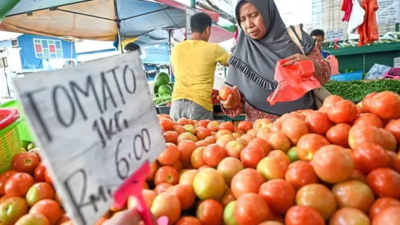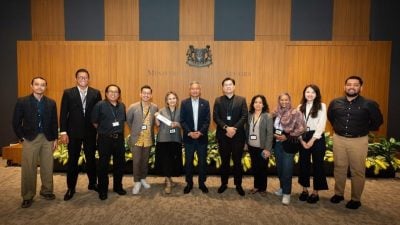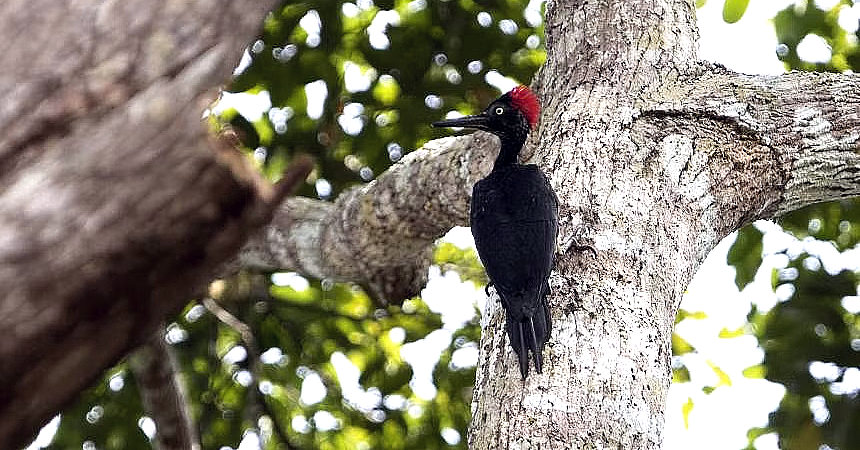
SINGAPORE: For years, scientists thought that the loss of nearly all of Singapore’s original forests over the past two centuries had wiped out about two-thirds of its biodiversity.
Following the founding of modern Singapore in 1819, swathes of lush forest and their natural inhabitants were cleared to make way for people, plantations and buildings.
But a recent report has revealed that 37 percent of the city-state’s flora and fauna species had vanished during this period of deforestation and urbanization.
While it is a significant amount, it is less than previously estimated.
In fact, it is nearly half of the estimated extinction rate of 73 percent in a well-cited 2003 paper.
The latest study, which involved 27 experts and junior researchers and used novel mathematical models, was published in the scientific journal Proceedings of the National Academy of Sciences in December 2023.
Notably, the decade-long research led by theoretical ecologist Ryan Chisholm from the National University of Singapore (NUS) developed statistical methods that accounted for dark extinctions – the unknown number of plants and animals that died out before they were discovered.
Globally, these silent extinctions have posed a problem for scientists looking to chart the true scale of human-driven extinction.
“The findings are significant for Singapore,” said Associate Professor Chisholm, who conceived the research idea in 2012.
“(The study) gives more accurate estimates of extinctions than past studies, and it identifies large and charismatic species as having been particularly vulnerable to extinction here.”
Charismatic species are fauna and flora that garner more public interest due to their aesthetic appeal or cultural significance.
In the Singapore context, examples of these species include pangolins and orchids, said Prof Chisholm.
Historical records for flora and fauna groups here that are not as well studied can be too sparse, making it difficult to figure out just how many species once existed on the island.
Dr Tan Heok Hui, fish curator at NUS’ natural history museum, who co-authored the recent paper, said much of the original freshwater fish on the island was likely to have been unrecorded as the earliest checklist dates back to the 1960s, almost two decades after large tracts of mangrove and freshwater forests had been cleared.
He said, “The freshwater fish records may not be complete, but nonetheless provide a vital clue to past events.”
To paint the most accurate picture of extinctions in Singapore, the researchers painstakingly assembled a comprehensive database of records, comprising more than 50,600 observations of over 3,060 species from 10 major animal and plant groups.
The library ranges from the oldest natural history material obtained in Singapore – a sea teak stalk collected in 1796 – to social media sightings and citizen records, such as a photo taken by Prime Minister Lee Hsien Loong of a black-headed collared snake, which is a vulnerable species here.
For groups like birds that had more extensive data sets, a novel statistical model was created to estimate the probability that each species went extinct and an estimated date of extinction by processing all available records.
The researchers found that as a result of deforestation and urbanization in the last 200 years, native butterflies faced the highest estimated rate of extinction – nearly half of its species disappeared – followed by 42 percent of bees.
Three out of five mammals that weighed more than 10 kg, like leopards, had gone extinct.
Nearly 90 percent of birds dependent on older forests were also expected to have died out.
Among plants, orchids were the hardest hit, with 68 percent of known species lost.
Assistant Professor John Ascher from NUS, who co-authored the study and specializes in bees and wasps, said the main bees known to have been lost were those that relied on forests.
“Unfortunately, some of the most valuable species for meliponiculture (the practice of keeping stingless bees for honey and hive products) that are widely kept in nearby Malaysia have been lost from Singapore, depriving us of their honey and pollination,” he said.
“A lot of these bees required extensive dipterocarp forests for their nests and foraging,” he added.
The Dipterocarpaceae family consists of tropical hardwood trees like the chengal tree.
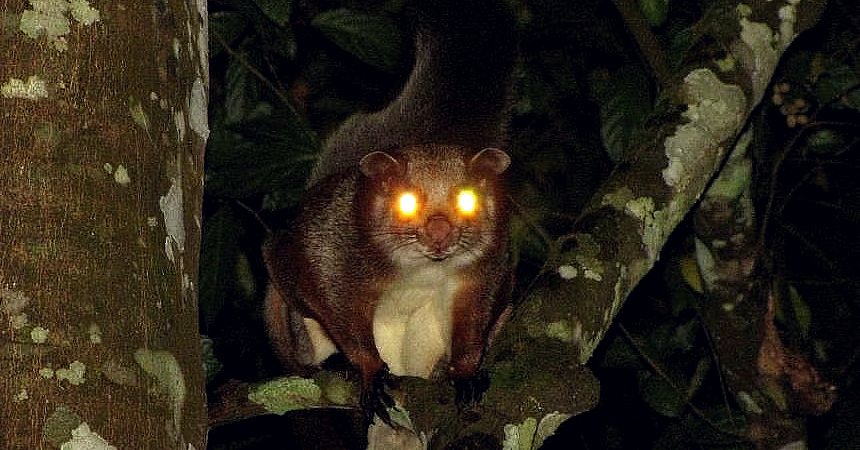
Prof Ascher believes that these new estimates are also more realistic than the 2003 paper published in scientific journal Nature, which had accounted for dark extinctions.
“Those numbers were so high that it was unlikely that so many extra species could have existed in Singapore,” he said.
The earlier study likely overestimated such extinctions by assuming that everything in similar habitats in Peninsular Malaysia might have also occurred here, despite Singapore’s forests being just 1 percent of the size of similar habitats in Peninsular Malaysia, the latest study’s researchers said.
Given the differences in scale, Singapore may originally have been home to as few as one-fifth of the species found in similar habitats across Peninsular Malaysia, they said.
Using Singapore’s experience as a guide, they predicted in the study that if deforestation continues in Southeast Asia, the region could lose about 18 percent of its species by 2100.
Said Prof Chisholm, “Despite Singapore being an imperfect window into the future, it is the best one we have.
“It is, to date, the world’s most detailed study of tropical extinctions following deforestation.”
The researchers likened the future landscape of Southeast Asia to that of Europe, where the majority of plants and animals will live in human-dominated landscapes of the region, and extinctions are expected to be concentrated among large charismatic species.
In the light of these findings, researchers recommended shifting conservation messaging away from high extinction projections and towards conserving landscapes like forest reserves that can protect these large charismatic species.
Said Prof Chisholm, “Adopting this approach not only benefits other species but also aligns with other conservation goals, such as the protection of carbon stocks, which is crucial in mitigating climate change.”
In Singapore and other developed cities, small to medium-sized species that can persist in urbanized landscapes with conservation should be prioritized, the researchers said. An example is the tree-dwelling Raffles banded langur.
On a positive note, the team found that overall extinctions appear to have slowed or ceased in most animal and plant groups by the 21st century.
In fact, some species have already recovered or have naturally spread from nearby Malaysia to Singapore.
National Parks Board (NParks) senior researcher Chong Kwek Yan, who was a co-author of the study, said the slowdown in extinction rate can be credited to low poaching rates – a key driver of extinction elsewhere – and the existence of secondary forests in nature reserves like the Central Catchment Nature Reserve that have long records of protection since the colonial days.
“These areas have had the opportunity to mature and can serve as refugia,” he said, referring to a safe haven that species can go to survive changing environmental conditions.
However, the researchers also cautioned that populations of some remaining species confined to small forest remnants could still disappear due to their small numbers. These include some forest-dependent songbirds.
It remains to be seen whether poaching rates will drop across other Southeast Asian countries as they develop – if not, species targeted by poachers will be lost at higher rates than extrapolations from Singapore would suggest, the researchers wrote.
Lauding the study, Dr Shawn Lum, a senior lecturer at Nanyang Technological University’s Asian School of the Environment, who was not involved in the research, said, “(The) approach allows scientists to accurately estimate possible extinction rates under a ‘business as usual’ land-use scenario anywhere, and gives policymakers, land managers, non-governmental organizations, and the entire conservation and development ecosystem a chance to find realistic and pragmatic solutions to hold, and ultimately reverse, the extinction curve.”
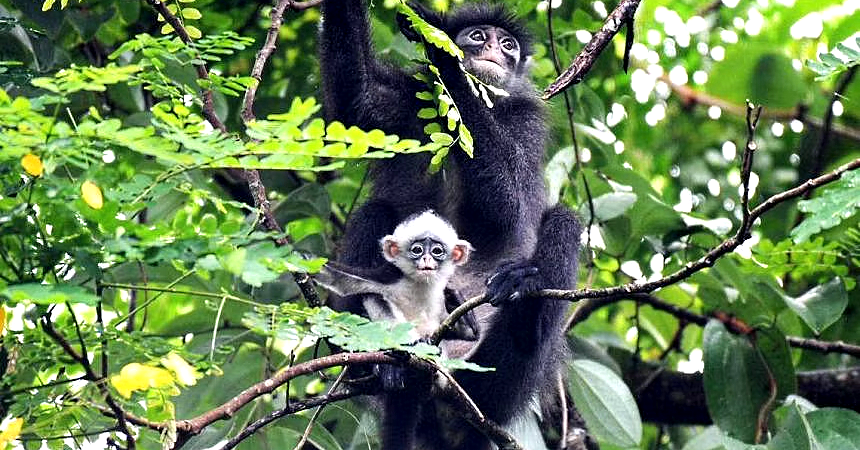
ADVERTISEMENT
ADVERTISEMENT






